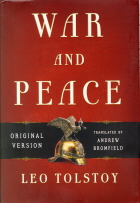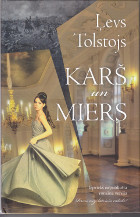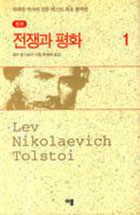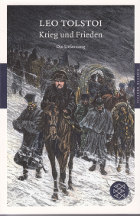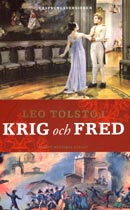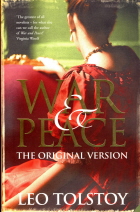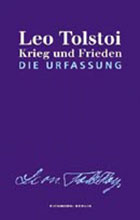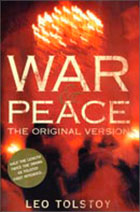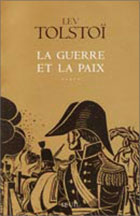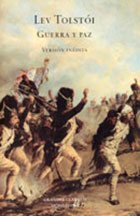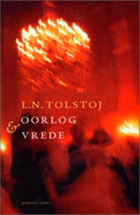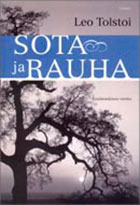Leo Tolstoi
War and Peace
Proposal
Published by
- Zakharov Publishers, Moscow
- HarperCollins, London/New York
- Editions Le Seuil, Paris
- Ambo/Anthos, Amsterdam
- Debate, Madrid
- Tammi, Helsinki
- Bonniers, Stockholm
- San-Sung Media, Seoul
- Fischer Verlag, Frankfurt/Main
- ART Editorial Group, Bucharest
- Wostok, Beijing
- Jumava, Riga
“Half as long, five times more interesting, a hundred times easier to read, nearly without philosophical innuendo, more ‘Peace’, less ‘War’, Prince Andrei Bolkonsky and Petja Rostov remain alive”
– that is how the publisher entices the reader into rediscovering the classic. The first edition was sold out within a fortnight. Russian papers, magazines and TV stations covered it intensively. The London Times wrote with the headline “Less war in shorter Tolstoy classic”: “Purists will wince, but mortals may rejoice.”
In its restored first version (800 pages), the most famous unread novel of world literature emerges as a sweeping family saga. And here is the real coup – Leo Tolstoy’s authorship is uncontested. Exactly this version would have been read since 150 years if the author had found a publisher already in 1866.
November 11th, 1866 Tolstoy went to Moscow to talk with Katkov, the printer and publisher of „Russkij Vestnik“, about the publication of his manuscript, which now had the definite title “War and Peace” and was signed on the last page with the word “End”. But they couldn’t find an agreement; Katkov wanted to go on publishing parts of Tolstoy’s novel in his journal “Russkij Vestnik”, Tolstoy insisted in a book publication. Tolstoy returned to Jasnaja Polana.
There he begun to change and rewrite his manuscript (and include all the political disputes and polemics of the time which had nothing to do with the Napoleon era).
Tolstoy finished rewriting the book in 1869, and the first edition of „War and Peace“ – a four-volume set – was published in 1873. This version of the novel was the only one known for more than 100 years.
The “First version” is the result of work of a Moscow-based Tolstoy Museum researcher, Evelina Zaidenshnur, who deciphered Tolstoy’s handwriting and pieced together the First version for over 50 years.
